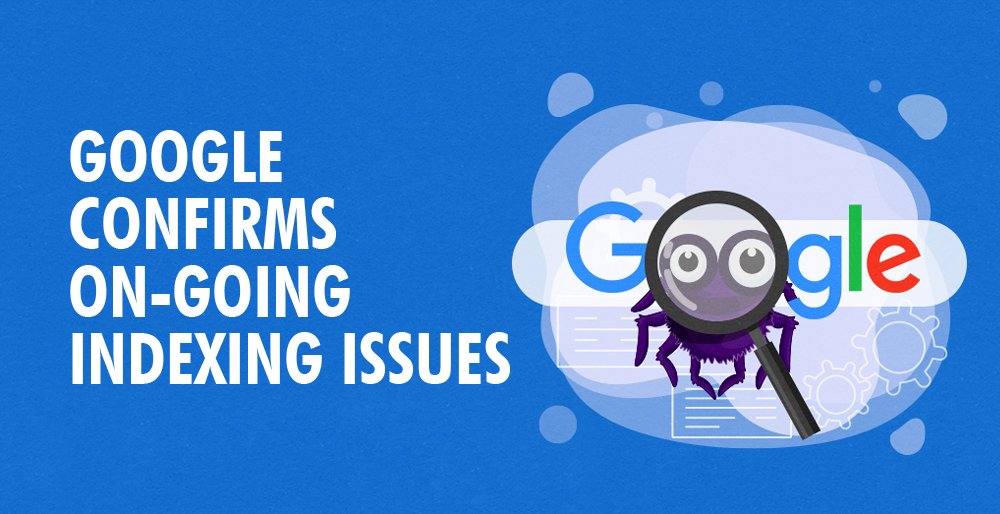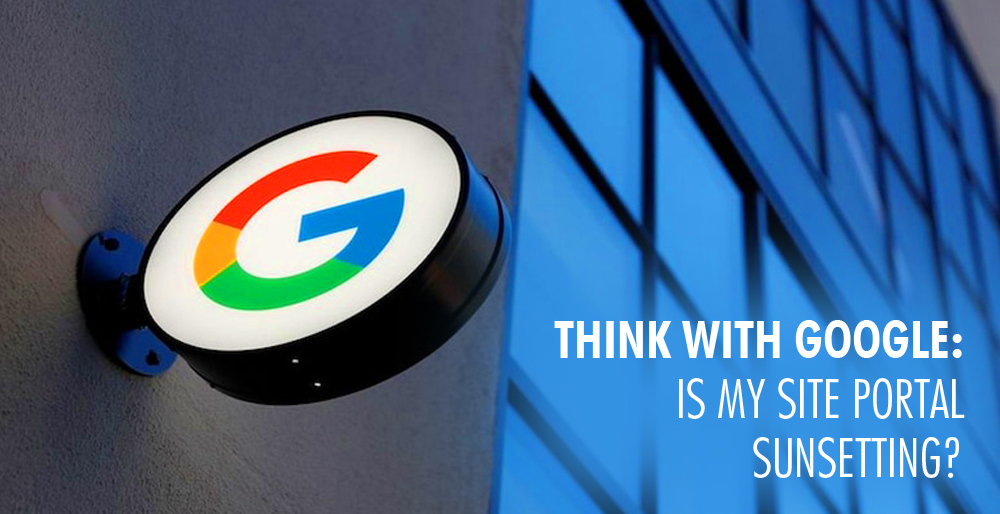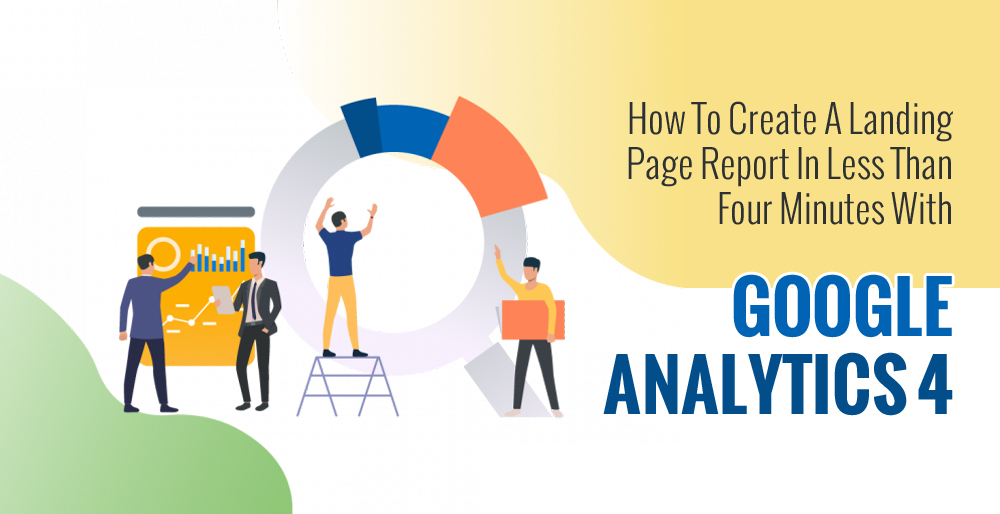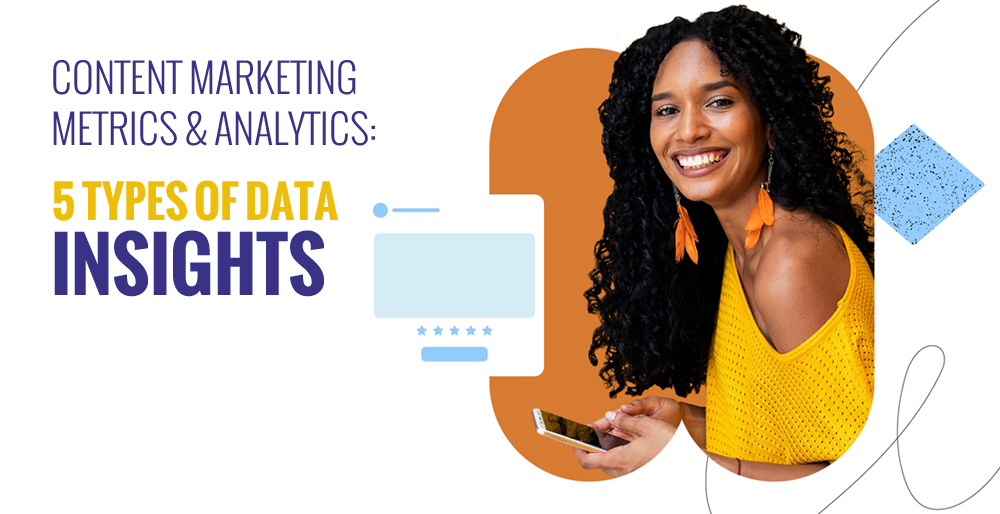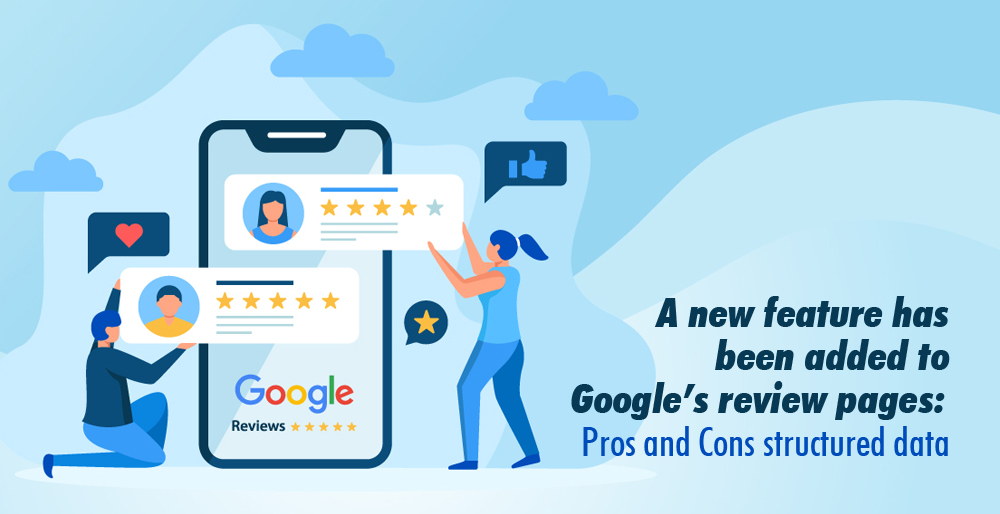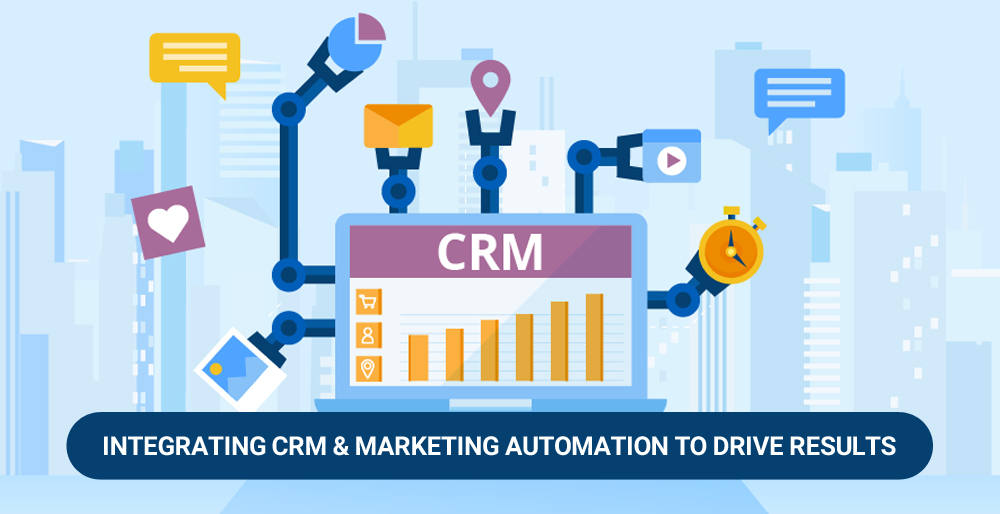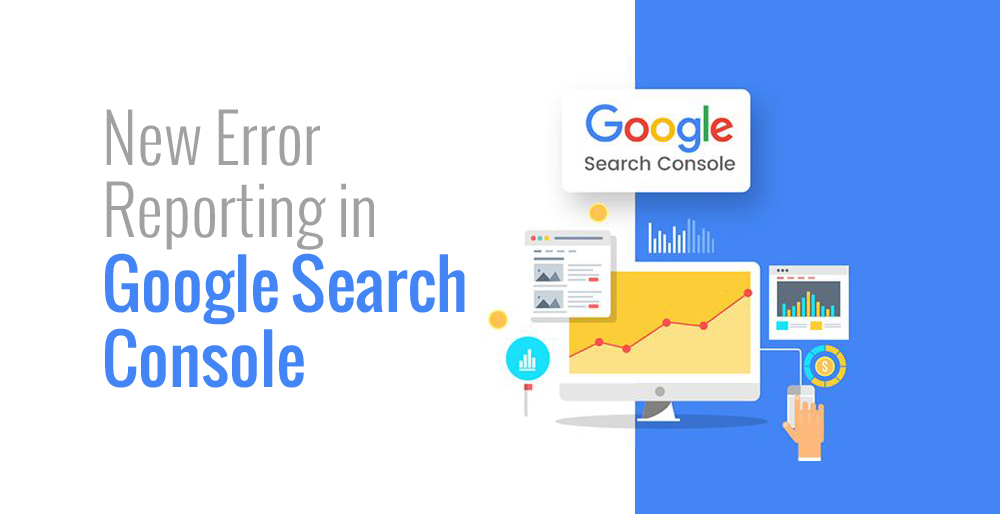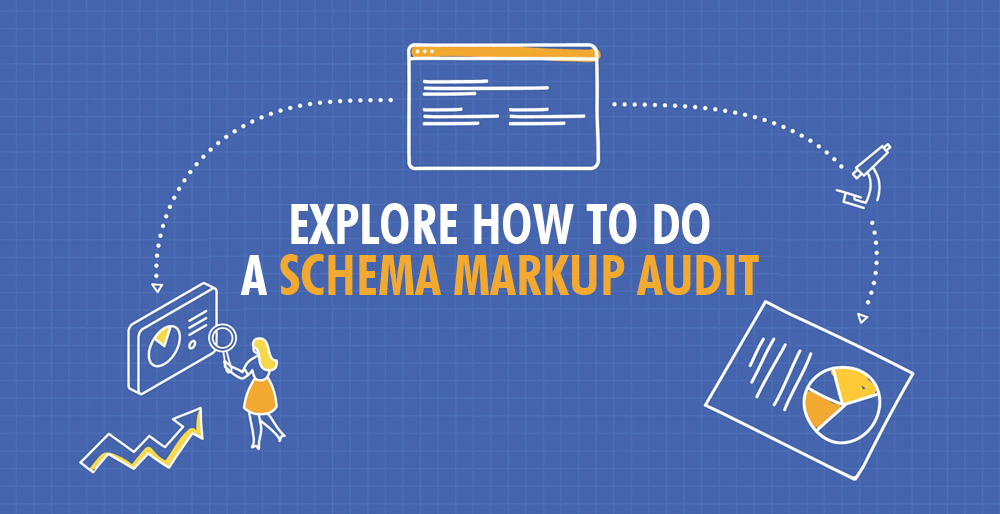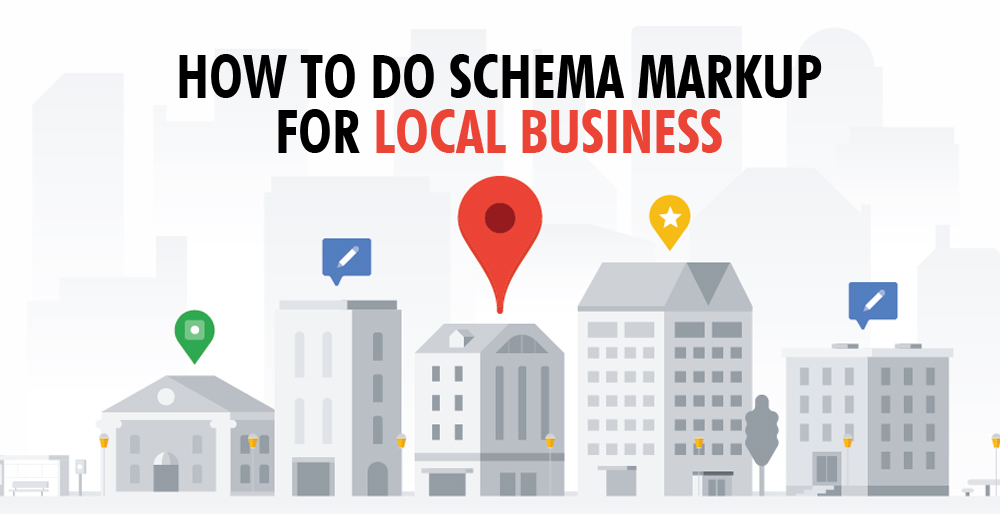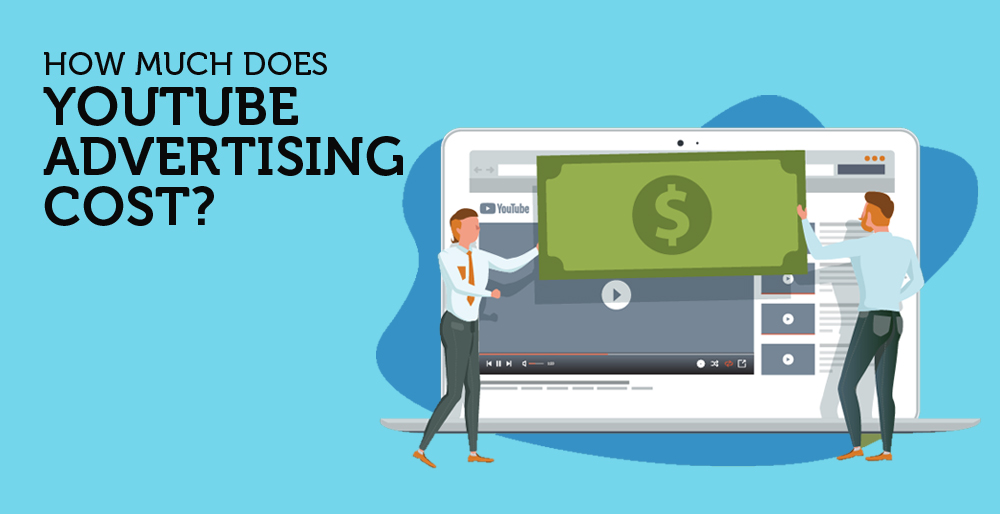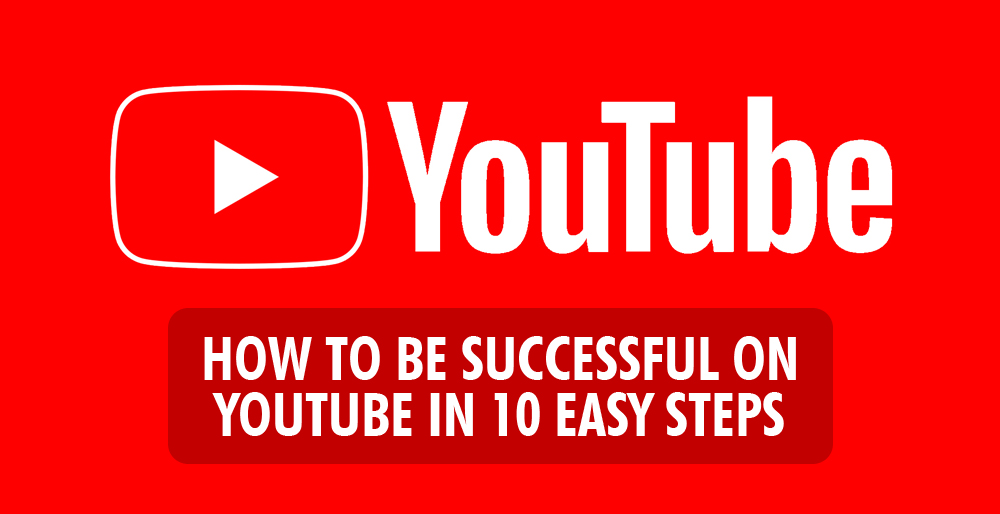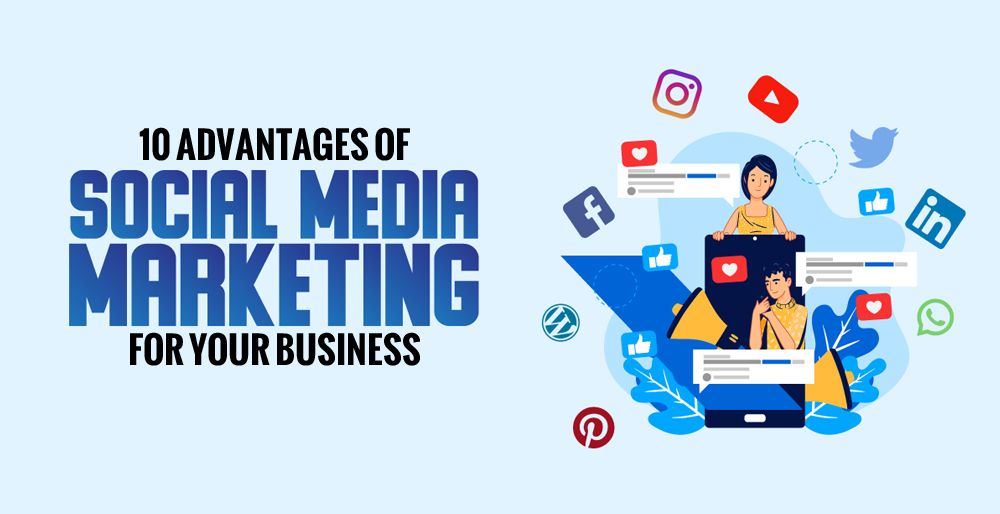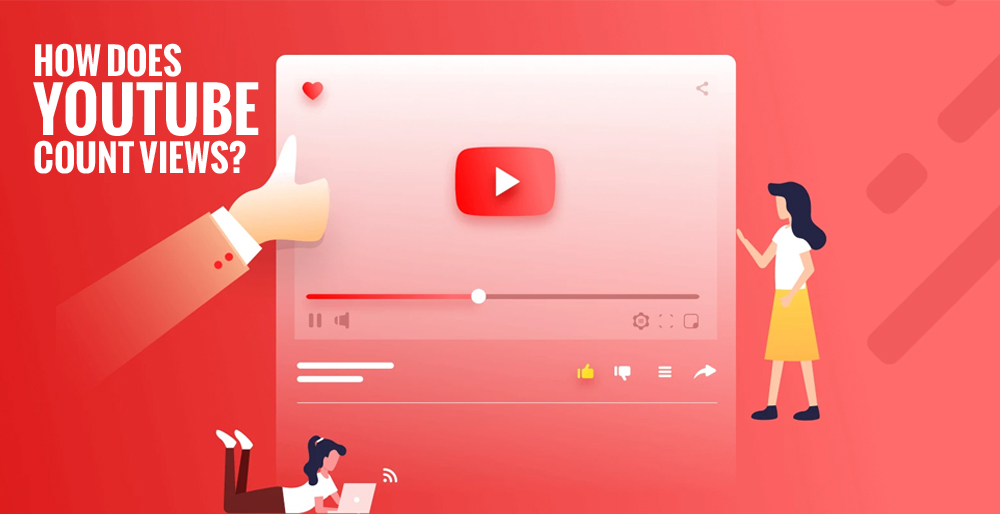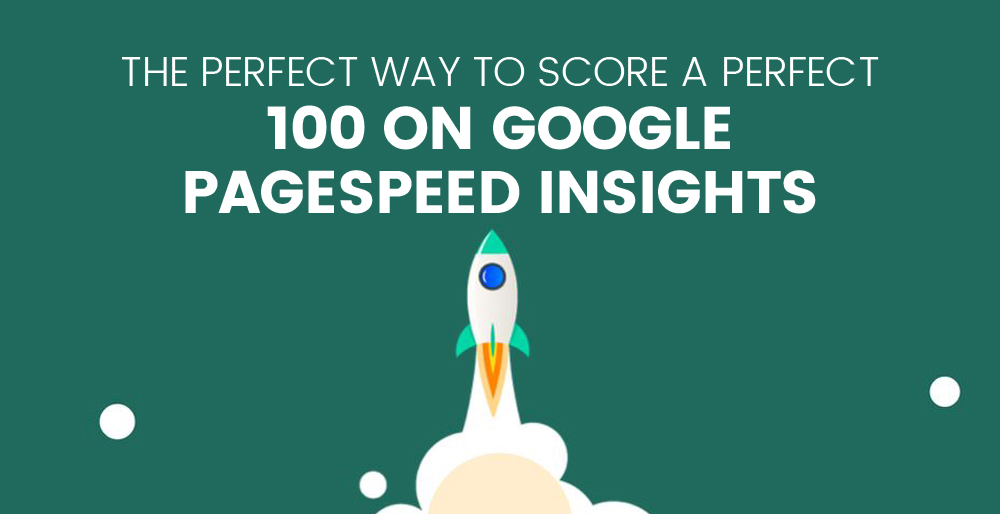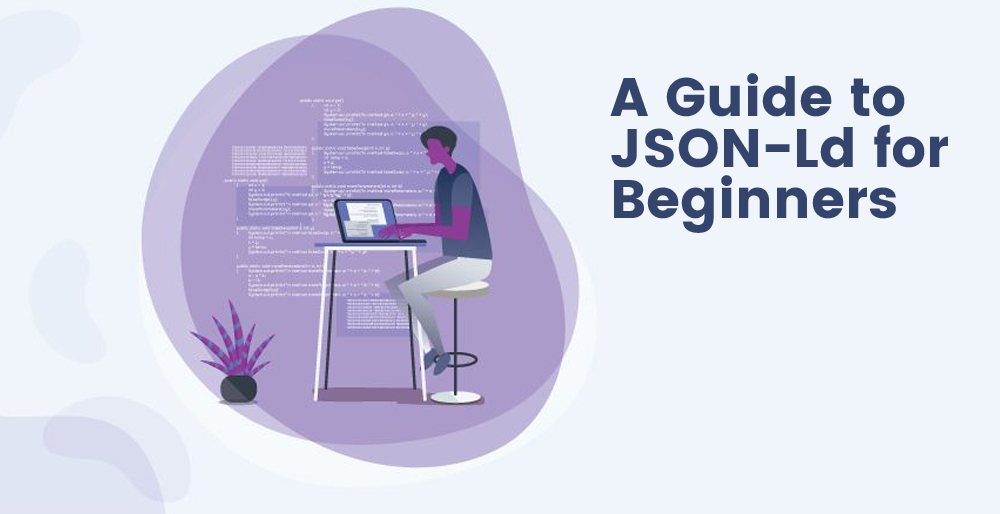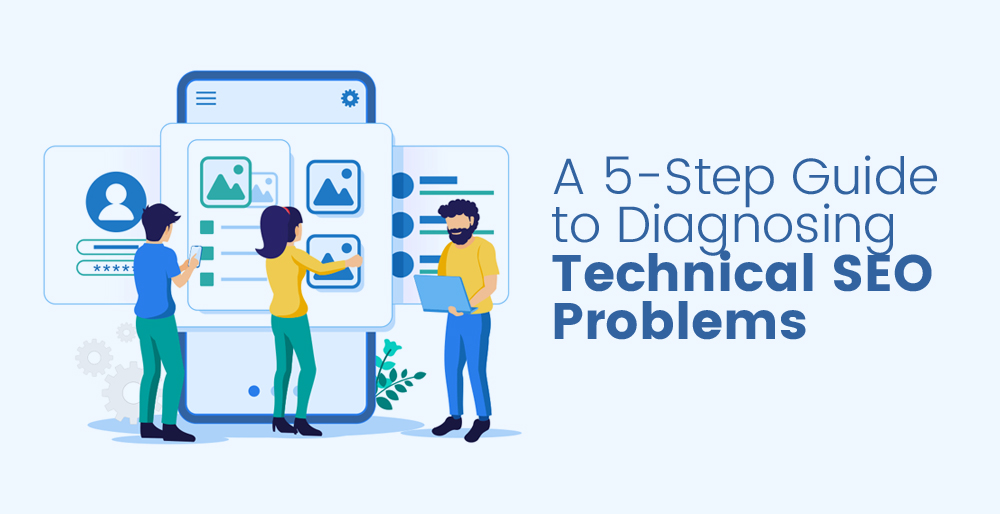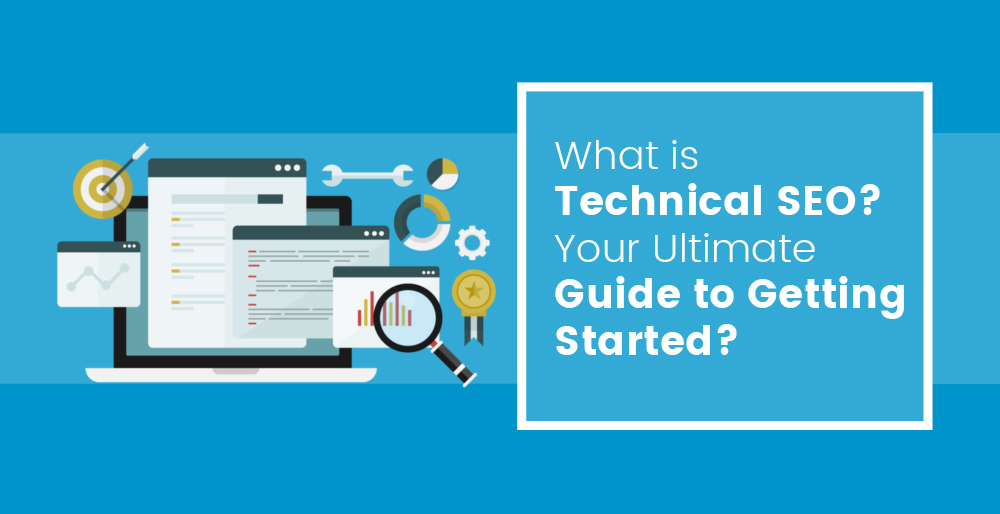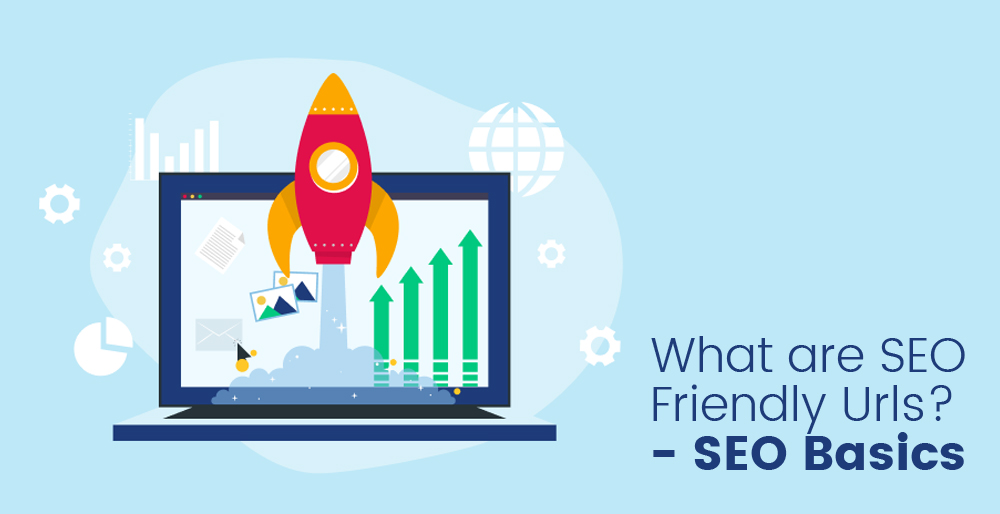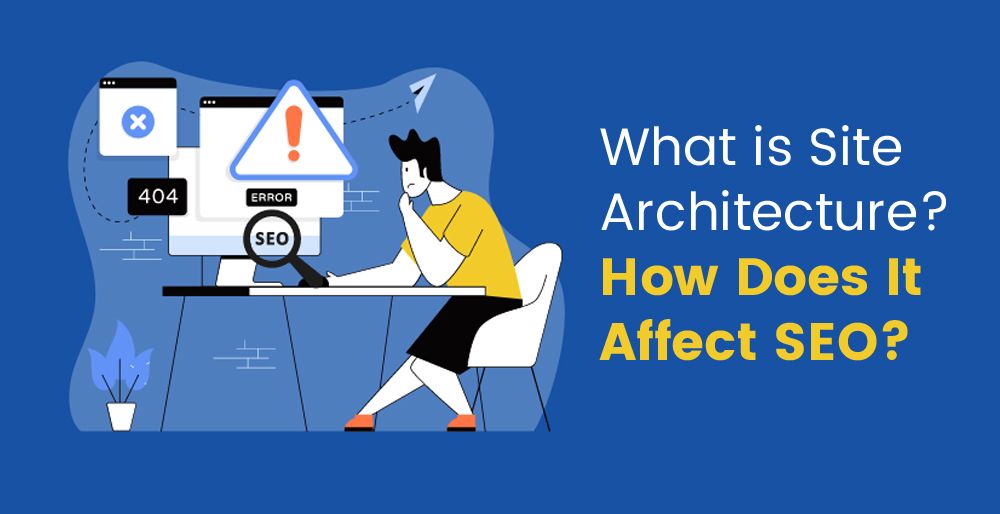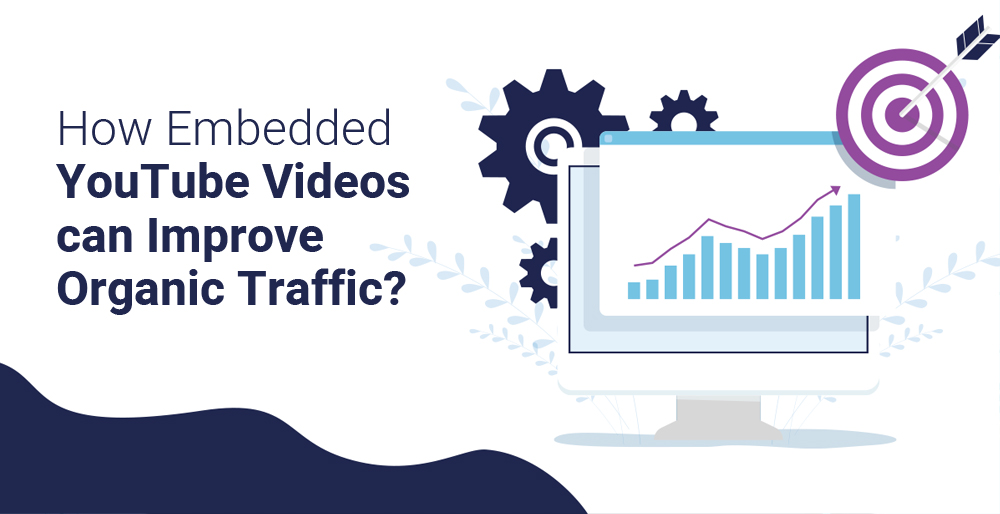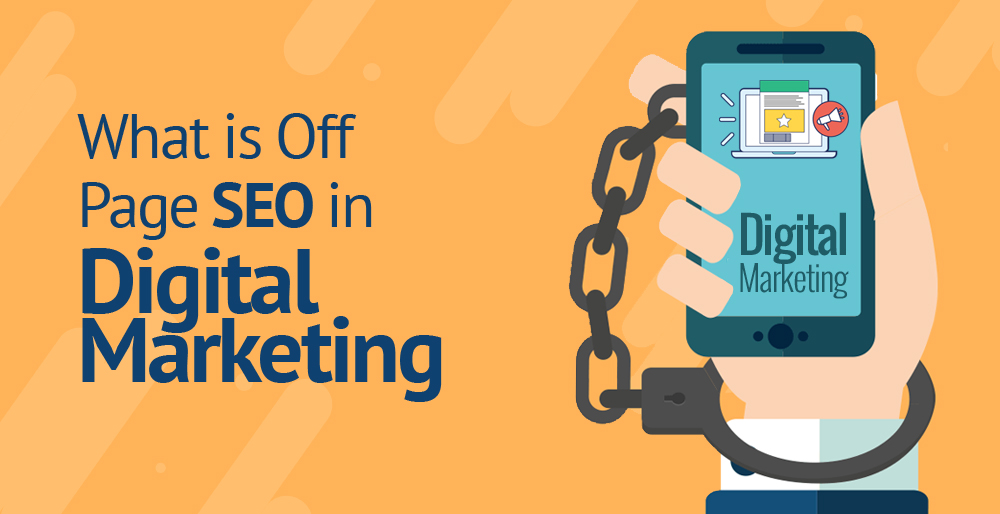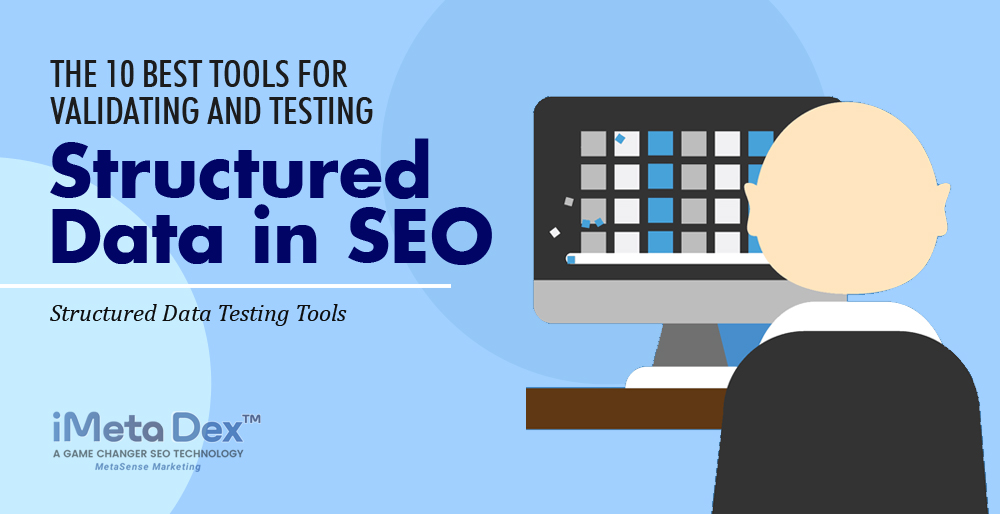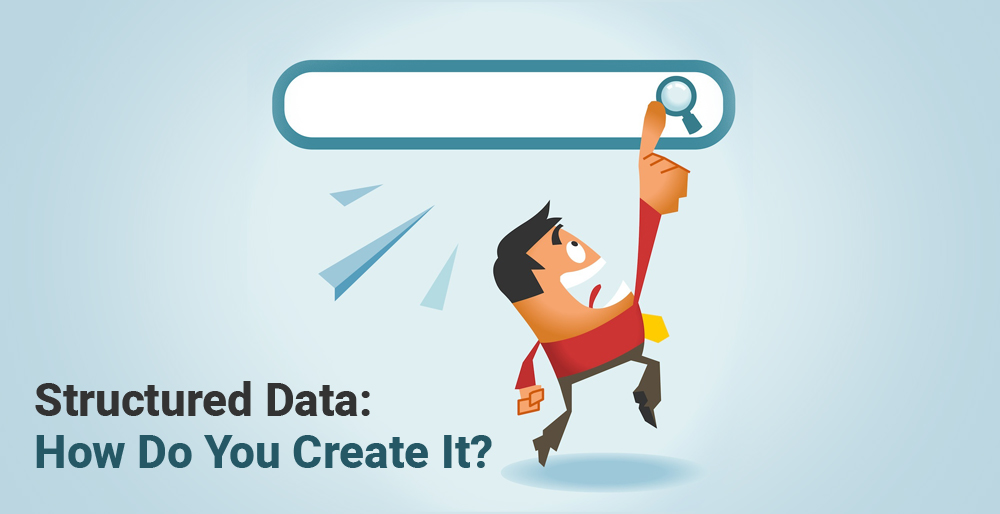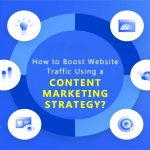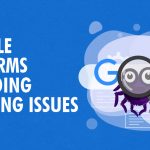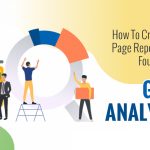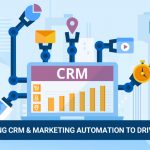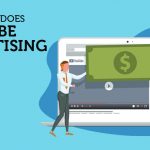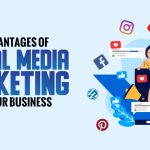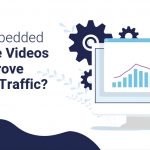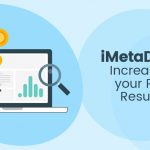A conversion rate is the percentage of people that click on your ad, make a purchase, register for a newsletter, or take any other desired action in response to seeing your ad.
Conversion rate, as opposed to click-through rate or cost per click, measures the effectiveness of your marketing in persuading customers to take the desired action, or “convert,” as we say in the marketing industry. In general, the better your marketing strategy, the higher your conversion rate!
Your conversion rate is the effective rate at which customers take your desired action. It’s the ratio of sales to contact with your business. If customers click on a link and then buy, that’s a good conversion—if they don’t click through and buy, it’s an ineffective conversion rate.
In this blog, we’ll talk about what your conversion rate is, how to figure it out, and—most importantly—how to raise it.
What is the Conversion Rate?
Simply put, your conversion rate is the proportion of site or landing page visitors who convert (aka, do what you want them to do). A “conversion” could be almost anything, depending on your company’s objectives, but the following are some typical types of conversions:
- Buying something
- sending a form (contact us form, lead generation form, etc)
- I’m calling your company
- Participating in your online chat
- registering for a newsletter subscription, whether it be free or paid for.
- logging in to the website
- downloading a file (software trial, eBook, mobile app, etc)
- Utilizing something (a new or advanced feature on your software or app, or just using it for a predetermined period)
- enhancing their offering
- interacting in some way with your website (time on site, repeat visits, number of pages visited)
- Although there are many other conversion actions users can perform on a website, this one should help you understand what a “conversion” is. A conversion, in its simplest form, is a quantifiable action that advances a potential customer toward becoming a paying customer in a significant way.
How can you calculate your Conversion Rate?

Conversion calculations are quite simple. All you have to do is multiply the percentage of conversions you receive in a given period by the overall number of visitors to your website or landing page.
(Conversions / Total Visitors) * 100% is the conversion rate.
For instance, if your site received 17,492 visitors last month and 2,305 of them converted, your conversion rate was 13.18%. Simple enough, yes? If your tracking is properly configured, the majority of online advertising and analytics platforms, such as Google Ads and Facebook Ads, can display your conversion rate right on their user interface.
The ability to be as specific or general as you want with your conversion rate is one of the best things about it.
Here are a few different conversion rate types and methods you can employ to assess performance:
- Conversion rate overall (how effectively does your website convert visitors from all sources?)
- Marketing channel conversion rate (does traffic from Facebook ads or Google ads have a higher chance of converting)
- Which of these pages converts more traffic at the page level, on average?
- Campaign conversion rate (Have my targeted changes produced any positive results)
- A conversion rate of individual ads (do I need to modify my ad copy? Does this advertisement bring in more quality visitors?)
- The conversion rate for keywords (which keywords merit more funding)
This is only a partial list. A great metric for assessing the effectiveness of virtually any aspect of your online marketing is conversion rate. It’s great to drive clicks, but if those clicks don’t ultimately help your business, something needs to change.
Comparison of conversion rate and click-through rate:
But what if the same person converts more than once? you may be asking. Does that have an impact on my conversion rate? Is that considered one conversion or several conversions?
All of those are excellent inquiries. Marketers refer to each circumstance differently to address the issue of “total conversions vs. converting visitors.”
The number of conversions divided by the total number of visitors is what we referred to as the conversion rate above. To calculate the conversion rate (regardless of how many visitors are converted), divide the total number of visitors by the number of conversions, then multiply the result by 100%. This is what we refer to as your “click conversion rate.”
(Converting Visitors / Total Visitors) * 100% is the formula for the click conversion rate.
Since many businesses‘ conversion rates and click conversion rates are nearly identical, this blog will concentrate on conversion rates. However, click conversion rate can be useful if you frequently see repeat conversions and want to know what proportion of actual visitors to your site is converting.
Obtaining Significant Data:
The quality of your data is one thing to consider as you calculate your conversion rate. As an illustration, I’ve come across campaigns and pages that have a 100% conversion rate. which, at first, seems wonderful, but then you remember that they only had one visitor.
It’s difficult to believe your results if your traffic sample isn’t very large. Is your page performing well if 5% of 20 visitors convert and one of them does so accidentally (it happens)? Most likely not, given that your lone conversion occurred by accident.
On the other hand, your conversion rate decreases from 5% to 4.95% if 5% of 10,000 people convert and 5 of those conversions were unintentional. That information is still largely reliable.
The only useful way to examine your conversion rates is to use a sufficiently long timeframe because every traffic source contains a certain amount of inherent randomness (accidental conversions, people who intended to convert but didn’t, random periods of high or low conversion rates, etc.).
Of course, there is no “right” timeframe for every business, just like there isn’t one for the majority of conversion rate-related ideas. Many marketers prefer to collect data over one month, but if you work for a large company like Wal-Mart, you might only need to collect data for one day. It might take six months to understand your conversion rate if you only receive a few hundred visits per month.
Which Conversion Rate is Good?

Conversion rates differ significantly depending on your traffic quality, industry, business, what you’re selling, and even the specific conversion action you’re tracking, as you can probably imagine. Therefore, while there are general conversion rate statistics available (such as this useful study carried out by Unbounce), what constitutes a good conversion rate for you will ultimately depend on your company and your marketing strategy.
Furthermore, it’s crucial to keep in mind that a conversion isn’t always the same as a purchase. Although conversion rate is a useful metric, the main objective of most marketing is to generate sales rather than conversions.
Tracking Conversion Rates:
Although conversion rate may not be the best indicator of success, it is an excellent tool for monitoring progress. However, you must track conversions to determine your conversion rate. As I previously stated, you can track conversions directly inside of the majority of advertising and analytics platforms with a little extra work.
Given the variety of conversions and platforms available, describing how to implement conversion tracking would require an entire blog series.
However, the following is a quick reference list for some well-known platforms:
- Ads by Google
- Internet Analytics
- Instagram Ads (includes Instagram Ads)
- Tweet ads
- Promoted Pins on Pinterest
How can you improve your Conversion Rate?
Understanding conversion rates and how to track them is one thing, but what do you do with the data once you have it? What’s more, how can you raise your conversion rate?
The process of optimizing your landing page and website to increase conversions from your traffic is called conversion rate optimization (CRO).
The great thing about CRO is that it aids in making the most of your current traffic. For instance, increasing your conversion rate from 1% to 2% will double your conversions even if you don’t increase site traffic.
Do you now understand why CRO is a crucial component of your online marketing plan? You are wasting money if you aren’t optimizing your conversion rate.
Analysis of Your Website:
How do you then recover all those missed conversions? It’s not as challenging as you might imagine. Here are a few strategies to implement CRO right away:
EDIT A SPECIFIC LANDING PAGE:
Send your traffic to a specific landing page if you are using any kind of paid advertising (such as Google Ads, Bing Ads, etc.). There are a lot of justifications for doing this, but page optimization is the main one. If you’re going to pay for website traffic, you want to send people to a page that is intended to make sales.
PRODUCE A HYPOTHESIS:
Every effective CRO test begins with a hypothesis. However, you’ll need to make some educated guesses about which site elements have the biggest influence on your conversion rate and profitability to put your hypothesis together.
Here are a few things you could start by considering:
- Headline: Your headline must be compelling and persuasive. Even if you don’t test anything else, you should at least test your headline because 80% of your audience won’t read past it.
- Offer: Because they are not you, your audience sometimes behaves differently than you anticipate. To find out what appeals to your potential customers the most, experiment with different descriptions and layouts.
- Call-to-action: The ideal call-to-action (CTA) may require a few tests to identify, just like your offer. Consider using different button sizes or more detailed CTAs.
- Media: A fresh image or video can occasionally make a world of difference.
All you have to do is start your test once you have a hypothesis and two-page designs to evaluate.
Evaluating Your Traffic:
Testing your traffic is a great way to increase your conversion rate in addition to testing your website. That isn’t an option if the majority of your traffic comes from Google’s organic search results, but if you’re running a pay-per-click campaign, you have a lot of control over who is visiting your site or landing page and why.
This is crucial because even the ideal page won’t convert the incorrect traffic.
How can you ensure that the right people are visiting your landing page?
Here are four things to think about:
- PERFORM YOUR RESEARCH
- Take the time to learn a little bit about your target audience before you even begin creating ad copy or a landing page.
- Here are some things to think about:
- Have you previously run ads to this audience? The solution? What failed?
- Speak to some members of your target audience if this is a new group for you. Run a few concepts by them. What works for you frequently fails to engage your audience.
- MAKE THE SMELL:
- Unbounce’s Oli Gardner often uses the phrase “maintain the scent” when referring to landing pages. In other words, the content of your landing page and your marketing collateral should be identical.
- GET GRANULAR
- Keep in mind that every audience will view your landing page for a different reason and will react to it differently. Therefore, the more audience-specific your ads and landing page can be, the higher the likelihood that they will convert.
- FINANCE WHAT WORKS
- Finally, as you notice traffic sources with consistently low conversion rates (especially profitably low ones), either make a change or stop investing money in that traffic source. You don’t need to keep funding the incorrect traffic!
CONCLUSION
One of the most crucial marketing metrics is conversion rate. Contrary to click-through rate, conversion rate reveals what proportion of your traffic is completing the desired action. You can purchase as many clicks as you like, but if they don’t result in conversions, something is wrong.
It’s time to put conversion rate data to work for you now that you understand what a conversion rate is, how to use it, and how to improve your conversion rates.
And iMETADEX has been a fantastic way to increase blog traffic. Since using it, you’ve discovered a vast array of new concepts and techniques.
To learn more about iMetaDex™, click here.
MetaSense Marketing Management Inc.
866-875-META (6382)
support@metasensemarketing.com














